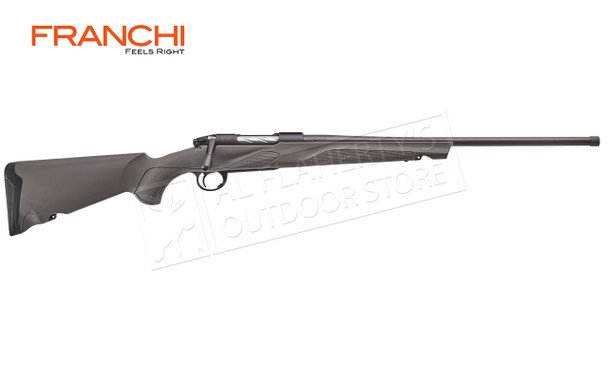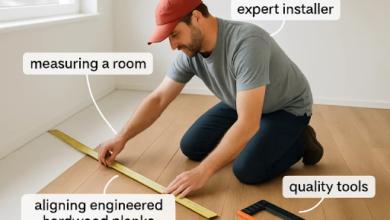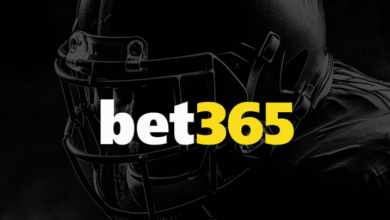
Key Takeaways
- Rifle selection involves balancing personal comfort, safety, and intended use for a fulfilling shooting experience.
- The combination of caliber and action type plays a crucial role in accuracy, performance, and enjoyment.
- Routine inspection and secure storage are foundational to responsible rifle ownership.
- Understanding the unique demands of hunting compared to sport shooting leads to better equipment choices.
- Leveraging trusted resources ensures you stay informed and make confident decisions, especially as a beginner.
Table of Contents
- Types of Rifles and Their Uses
- Key Factors: Considering Caliber and Cartridge
- Comparing Action Types: Bolt, Lever, and Semi-Automatic
- How Ergonomics and Fit Affect Your Shooting
- Hunting vs. Sport Shooting: Choosing the Best Rifle
- Safety and Maintenance Best Practices
- Trusted Resources and Further Reading
- Expert Tips for Buying Your First Rifle
Types of Rifles and Their Uses
Rifles have various forms and functions, making them suitable for multiple shooting pursuits. Bolt-action rifles are known for their single-shot accuracy and minimal mechanical failure, while lever-action rifles blend tradition with utility, offering a rugged build and smooth cycling. Bolt-action rifles are popular among recreational shooters and western-style competition fans due to their quick follow-up shots, making them ideal for moving targets and close-quarters hunting scenarios.
Semi-automatic rifles have surged in popularity among modern shooters for good reason—they enable faster firing with less effort to reload and allow users to stay locked on target between shots. This advantage makes them a mainstay in sporting competitions and informal target sessions. The diversity within the semi-automatic category alone is impressive, with models designed for specific disciplines, calibers, and ergonomic preferences. If you’re searching for a hunting rifle Canada regulations may play a role in narrowing your choices. Still, many action types and calibers allow plenty of personalization. Selecting the right rifle type tailored to your shooting goals lays the groundwork for confidence and success, whether hitting bullseyes at the range or tracking game in inclement weather.
Key Factors: Considering Caliber and Cartridge
The caliber of a rifle’s barrel determines its ammunition capacity and its performance in the field. Smaller calibers like .22LR offer gentle recoil and affordable ammunition, making them ideal for beginners or small game hunting. Large calibers like.308 Winchester or .30-06 Springfield provides medium to ample game power, but with more recoil and higher ammunition costs. Ballistic performance, including velocity, trajectory, energy retention, and bullet drop, is shaped by the cartridge’s unique design. Shooters should compare cartridges within caliber groups to find the best match for their needs. Expert reviews suggest that a cartridge that excels at 100 yards may lose effectiveness beyond that, while others are designed for long-range consistency and minimal wind drift.
Comparing Action Types: Bolt, Lever, and Semi-Automatic
The choice of a rifle is influenced by its action type, which impacts both the tactile experience and its practical application. Bolt-action rifles are popular in long-range disciplines and hunting due to their precision and slow-paced operation. Lever-action rifles have a distinctive cadence, with the iconic side lever allowing for fast, fluid reloads. They are ideal for dynamic shooting sports and those who appreciate tactile feedback. Semi-automatic rifles provide speed and consistency for competition shooters, pest control, or those seeking an engaging day at the range. Their fast cycling reduces recovery time between shots, keeping skilled shooters on target, and is particularly appreciated in disciplines where quick reflexes and follow-up shots are crucial.
How Ergonomics and Fit Affect Your Shooting
The fit of a rifle significantly impacts accuracy and enjoyment. Poorly fitted rifles can cause increased felt recoil, inconsistent aim, and fatigue. An adjustable stock allows users to customize the rifle’s length to match their arm’s reach, resulting in a more natural shooting position. Cheek rests, pistol grips, and forends influence sight alignment and recovery. Ergonomics is crucial in disciplines where fast target acquisition and stable shooting are essential. Studies show that properly fitted rifles improve accuracy, steady shot placement, and endurance during extended practice sessions. Customizing a gun to suit one’s needs, such as adjusting the length of pull, changing the grip, or adding padding, can lead to long-term comfort and shooting success.
Hunting vs. Sport Shooting: Choosing the Best Rifle
Hunting and sport shooting require different equipment. Hunters prefer lighter, easier-to-carry rifles with chambered cartridges for local game and conditions, balanced barrel lengths for maneuverability and efficiency, and weather resistance. Sport shooters focus on repeatable accuracy, adjustable triggers, and enhanced optics mounts. Weight is less of an issue for long shooting sessions, while modularity and customization are central. Market leaders in each category blend function, reliability, and user-focused design. Aligning your rifle with your activity ensures greater satisfaction and performance, whether hunting deer or vying for a medal at the range.
Safety and Maintenance Best Practices
- Treat every rifle with respect, assuming it is loaded whenever handling.
- Keep the muzzle pointed in a consistently safe direction and finger off the trigger until ready to fire.
- Store rifles unloaded in locked cases or safes, use trigger locks, and keep ammunition stored separately.
- Clean and lubricate all accessible parts after each shooting session, paying extra attention to the chamber and bore.
Routine cleaning removes debris, carbon, and moisture, which collect naturally during use and can quickly lead to corrosion and mechanical issues. Long-term studies from firearm safety organizations show that implementing these habits decreases the risk of accidental discharge and theft. Secure storage is essential in homes with children or frequent visitors, as it blocks unauthorized access. Keeping cleaning supplies handy and setting a regular maintenance schedule are vital yet straightforward steps that offer peace of mind and extend your investment’s lifespan.
Trusted Resources and Further Reading
Staying informed is easier than ever for modern rifle owners. National non-profit organizations, such as shooting sports foundations, publish comprehensive safety guides and instructional materials covering every aspect of rifle ownership. Government agencies provide current legal requirements, storage regulations, and hunting laws to keep shooters compliant and safe. Community forums, whether in your local area or online, are treasure troves of practical tips, reviews, and troubleshooting advice from experienced enthusiasts.
Participating in certified courses on firearm handling or local marksmanship clubs is also a great way to bolster knowledge and skills while establishing a network of mentors. Continually referencing reputable publications and seasoned experts ensures users stay current on the latest developments, equipment reviews, and best practices for responsible rifle use.
Expert Tips for Buying Your First Rifle
- Test a variety of rifles at a reputable shooting range, focusing on comfort, size, and how each handles under live-fire conditions.
- Research independent expert reviews and technical specifications for insight into quality, dependability, and feature sets.
- Consult with seasoned shooters in person and through trusted forums to learn from real-world experiences with different brands and calibers.
- Carefully review and comply with all local firearm ownership, storage, and transport regulations before purchasing.
- Take your time with the process—rushed decisions often lead to buyer’s remorse. The perfect rifle is one that fits you, your chosen discipline, and your budget.
Your first rifle purchase marks the beginning of a lifelong learning journey. By prioritizing fit, function, and safety while drawing upon reliable resources and expert guidance, you set the stage for years of skill development, enjoyment, and responsible ownership. Whether aiming for a bullseye on the range or pursuing game in the wilderness, it all starts with a thoughtful, well-informed choice.




